US Navy Sea Drone Tests Completed as Arms Race Heats Up
Who is winning the sea-drone design wars?
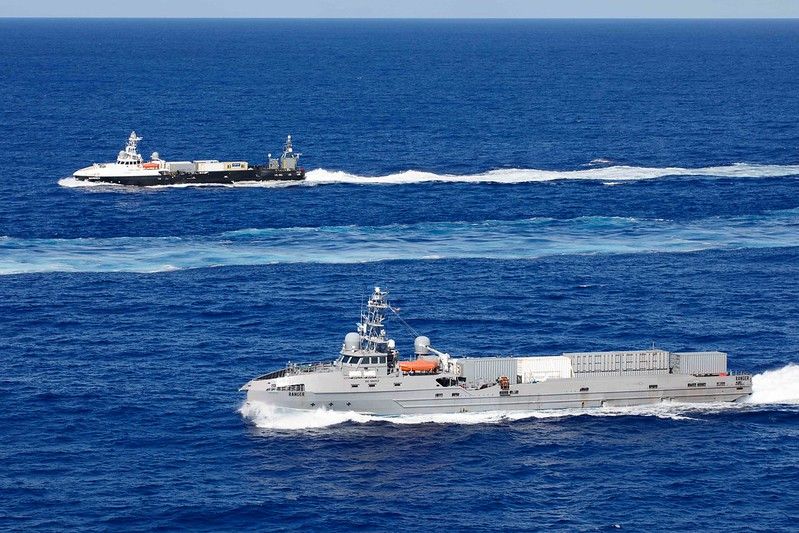
News reports that the U.S. Navy has concluded the first five-month deployment of four uncrewed ships in the Pacific has military analysts concerned about how sea drone technology will influence the geopolitical situation with China.
This is despite claims by the US Navy that the voyages were purely test runs to find out how uncrewed sea vessels (USVs) can be incorporated into conventional fleets.
To learn more about this topic read: Drone Manufacturers Work to Conquer the Arctic, US Army Pushes Development of Autonomous Logistics Vehicles, or Should the West Fear China’s Growing Drone Capability?
“The unmanned surface vessels — Sea Hunter, Sea Hawk, Mariner and Ranger — departed Southern California on Aug. 7 and returned Jan. 15,” reports Megan Eckstein, a military analyst at Defense News. “The Sea Hunter and Sea Hawk originate from a Defense Advanced Research Projects Agency effort; the other two come from the Strategic Capabilities Office’s Overlord program.”
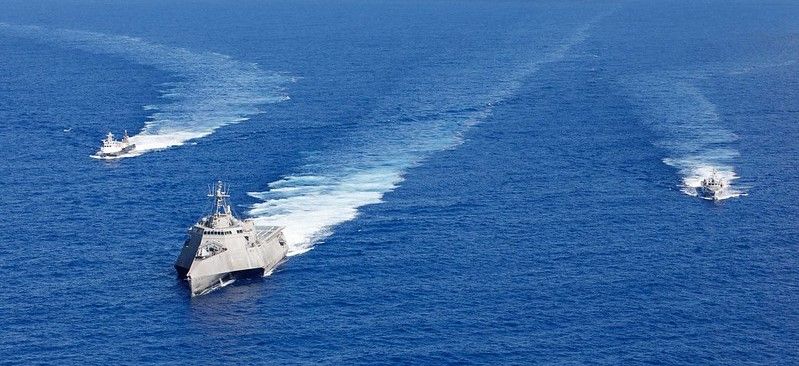
The report noting that the four prototypes visited ports in Australia and Japan and travelled a total of 46,651 nautical miles during that five-month period.
According to Cmdr. Jeremiah Daley, the head of Unmanned Surface Vessel Division One, the sea drones even operated for as much as 50 days at sea at a time “almost exclusively” in autonomous mode.
This is a significant milestone, as it proves a sea drone’s ability to act on its own, potentially in an advanced position, ahead of crewed warships.
One of the most developed aspects of the operation, explained Defense News, came about as a result of US Navy experiments with various methods of controlling the vessels both ashore and at sea. These approaches included employing varying numbers of operators, managing different numbers of vessels from a single console, transferring control in numerous ways, and more.
At present, the plan is to expand the US Navy’s Integrated Combat System - a management system for the U.S. Navy that uses common software and computer infrastructure to rapidly share data and responses across all domains to the surface fleet. Designs for future, larger USVs already include this developing system, with the Mariner currently running a version of the virtualized Aegis Combat System.
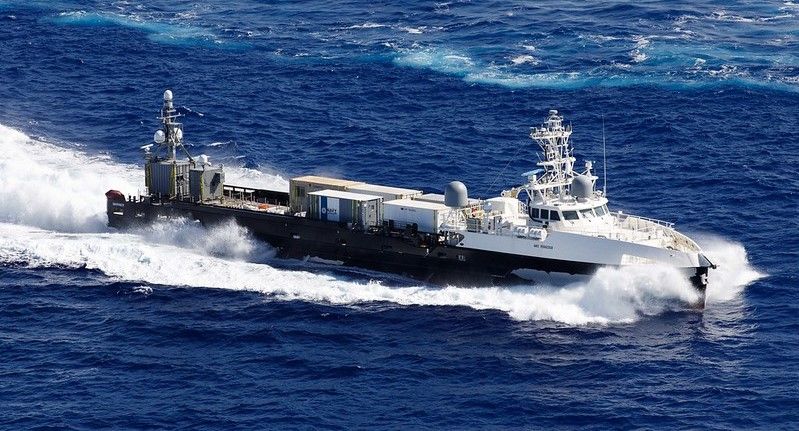
The hope is that it will eventually combine all Navy vessels (both crewed and uncrewed) and “allow for the more seamless sharing of data.”
“There is a lot of positive feedback and a lot of very good development,” concludes Daley in his review of the operation and the wider integration of autonomous sea drones into a Navy /Marine combined force.
But the operation still leaves many questions unanswered, as it remains unclear how USVs will cooperate with conventional warships. What kind of payload would an uncrewed vessel require, would it work on a purely reconnaissance role, or would it engage the enemy? If so, would it be a defensive or offensive weapon?
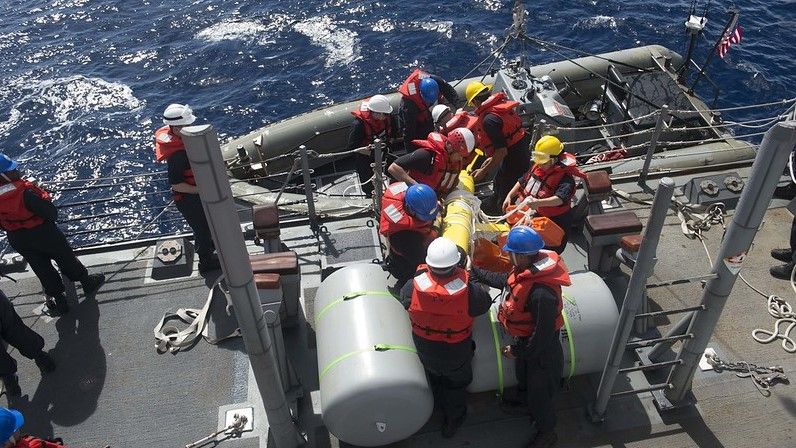
Meanwhile, the US Navy is not the only military to be investing in water-borne drone technology, with evidence of China’s advanced technology was discovered late last year. As the industry journal Naval News reported at the time, “Satellite imagery of Sanya naval base on Hainan in the South China Sea reveals two extra-large uncrewed underwater vehicles (XLUUVs).”
Describing the sub-drones as, “The first XLUUV is around 16 meters long and two meters across. It has a streamlined bow. At its tail, it appears to have two propellers (screws) in a side-by-side arrangement. This is interesting because it may indicate a link to the HSU-001 LDUUV.”
Though not much information has surfaced since, it is thought that the HSU-001is already in use with the Chinese Navy. It was initially displayed to the public in September 2019, however, this latest XLUUV sub-drone is twice as large.
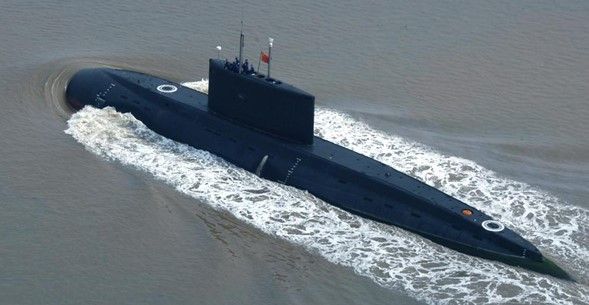
This report follows hot on the heels of last year’s launching by the Chinese of an uncrewed drone carrier. Called the Zhu Hai Yun, this advanced drone submersible is an autonomous system with the capability of carrying other uncrewed sea vessels, such as unmanned surface vehicles (USV), unmanned underwater vehicles (UUV), and unmanned aerial vehicles (UAVs, or drones).
“China has been significantly investing in a variety of unmanned systems, such as drones and autonomous vehicles, to strengthen the position of its People Liberation Army Navy (PLAN),” states Prakash Panneerselvam, an Assistant Professor at National Institute of Advanced Studies and a military analyst at the online journal The Diplomat. “China has been using UUVs for marine scientific research in the South China Sea and the Indian Ocean. For example, in 2020, China's survey ship Xiangyanghong 06 sent out a fleet of underwater drones in the Indian Ocean in order to collect oceanographic data.”
The construction of medium-to-large UUVs for seabed mapping and exploration has become an area of expertise for China. Several world records for uncrewed submersibles have been shattered by one such effort, the Haidou-1, included a diving depth of 10,908 metres. Because of this, the Chinese are now able to study the abyss below 10,000 metres scientifically. Similarly, Haiyan, a Chinese underwater glider, has sailed 3,619.6 kilometres in the South China Sea in 141 days, setting a new record for endurance.
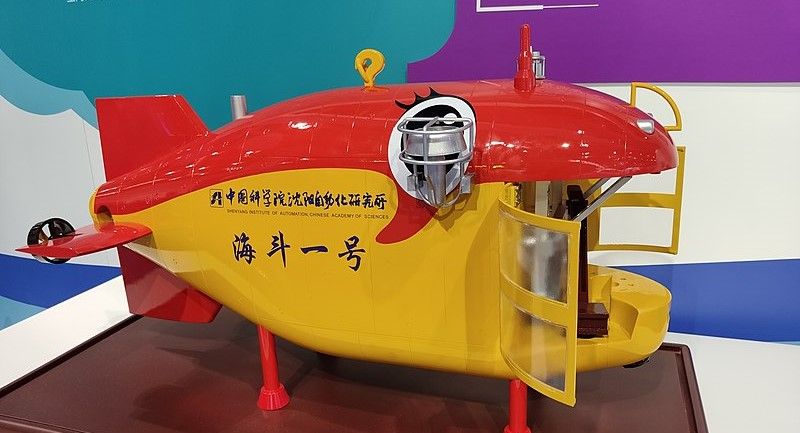
While this mission was likely scientific, it would also have been a test of UUV capabilities, and a practise run for more militaristic operations. While current autonomous drone (both air and sea) technologies have a primary application in marine scientific research, they can and are frequently used for military purposes such as high-altitude intelligence, surveillance, and reconnaissance (ISR) missions.
For example, unmanned surface vehicles can be used to perform naval duties including freedom of navigation operations in disputed maritime areas with a lower risk of escalation in the area.
The Chinese deployment of gliders, USVs, and UUVs to collect strategically important data raises important concerns regarding the potential use of unmanned vehicles in what military analysts call ‘grey zones’ – ambiguous nautical ‘no-man’s-land’ territories.
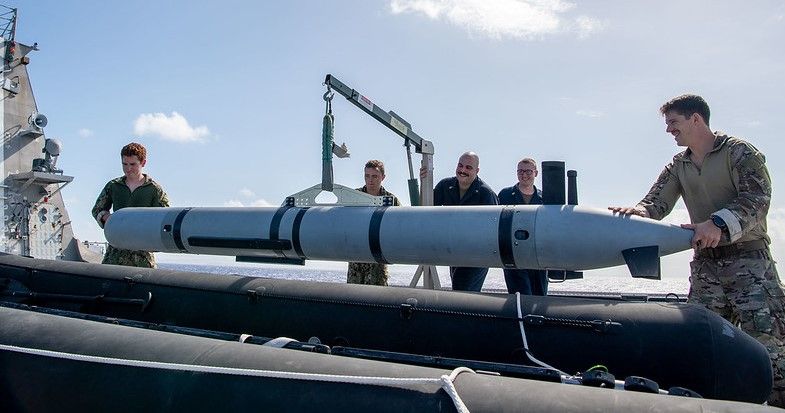
The maritime drone arms race between China and the West has become a significant point of contention in the global geopolitical landscape. Both sides have been investing heavily in developing advanced drone technologies to gain a competitive edge in maritime operations. China's rapid advancements in drone capabilities, particularly in the naval domain, have raised concerns among Western powers about potential security implications.
The West, led by the United States, has responded by ramping up their own drone development programs and forming strategic alliances, such the Australia/UK agreement called AUKUS. An open military cooperation designed to counter China's growing influence.
The deployment of maritime drones has the potential to revolutionize naval warfare, offering enhanced surveillance, intelligence gathering, and even offensive capabilities. However, the future of the maritime drone arms race remains uncertain, as technological advancements continue to shape the landscape.
With this in mind, military analysts can only hope that clear regulations and guidelines can be agreed upon by the major powers to prevent an escalation of tensions and ensure responsible use of drone technologies.
Photo credit: Flickr, Wikimedia, Flickr, Flickr, Flickr, Flickr, Flickr, & Cmano

